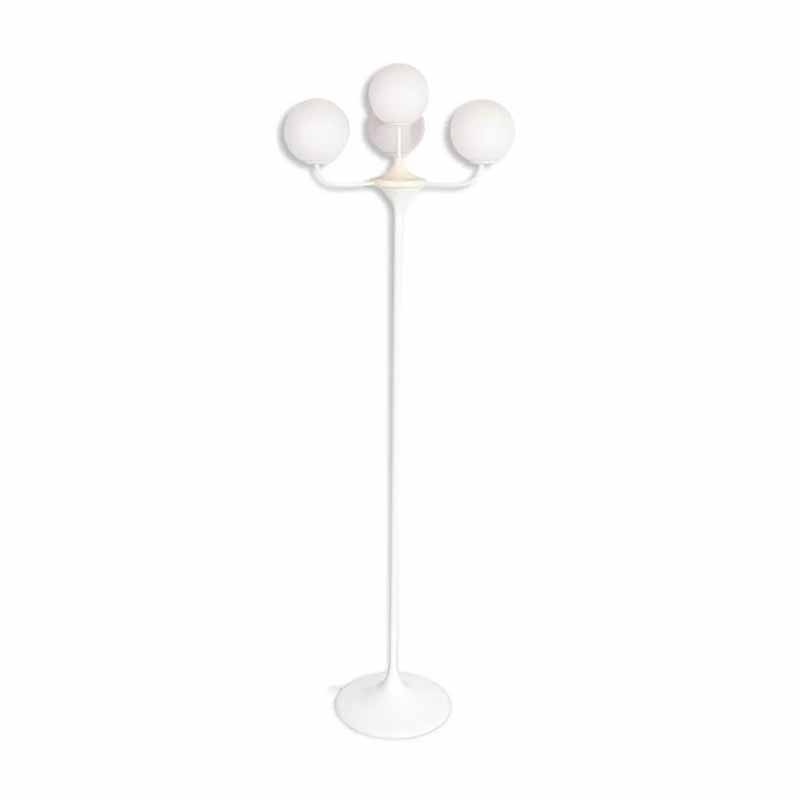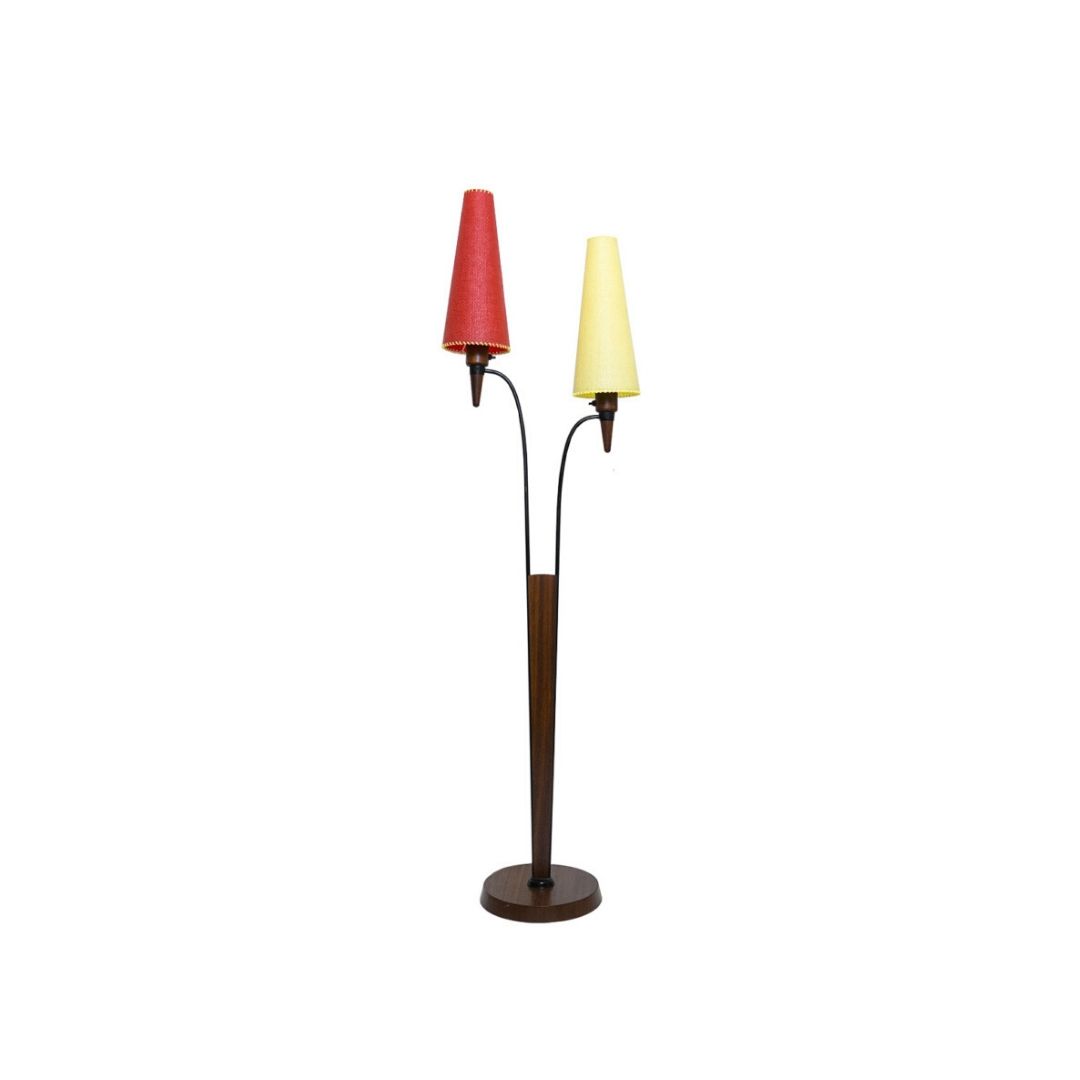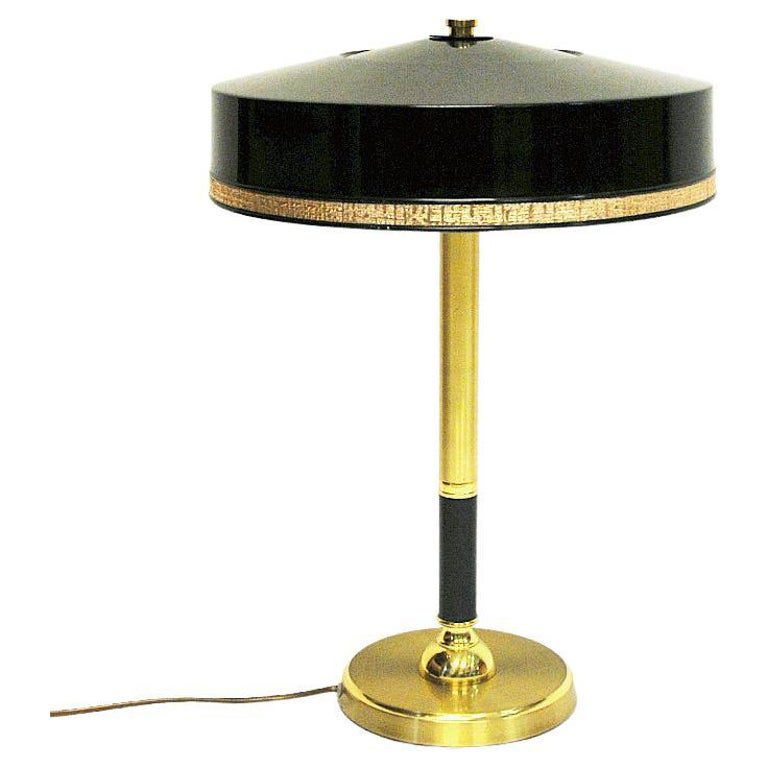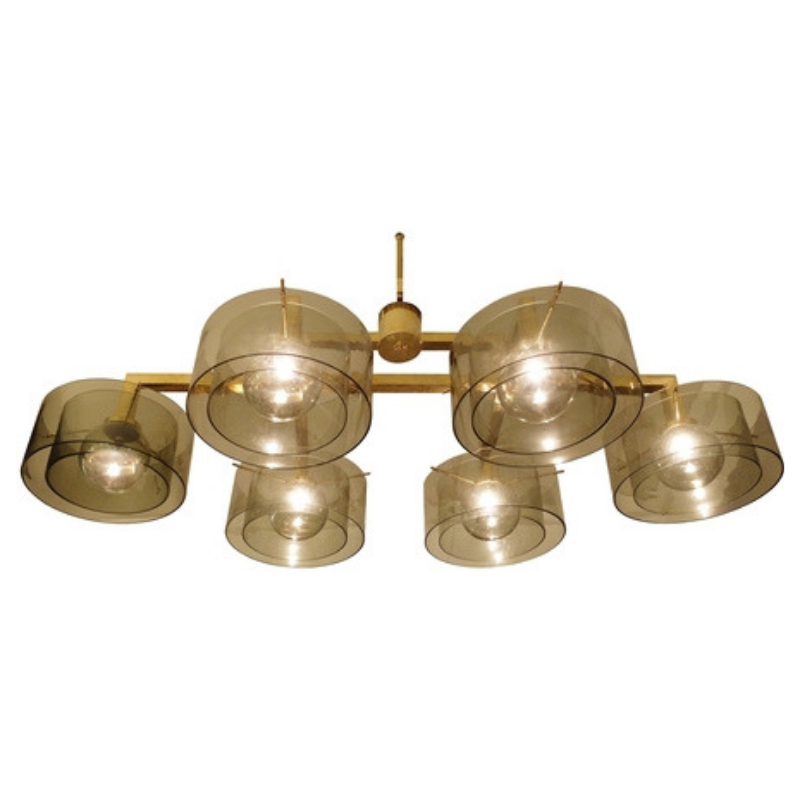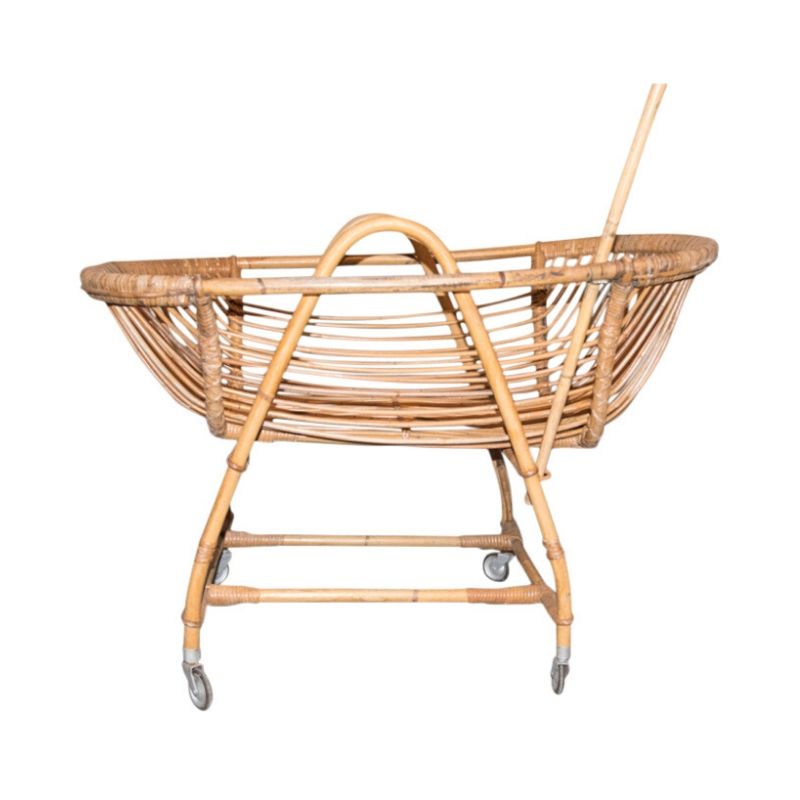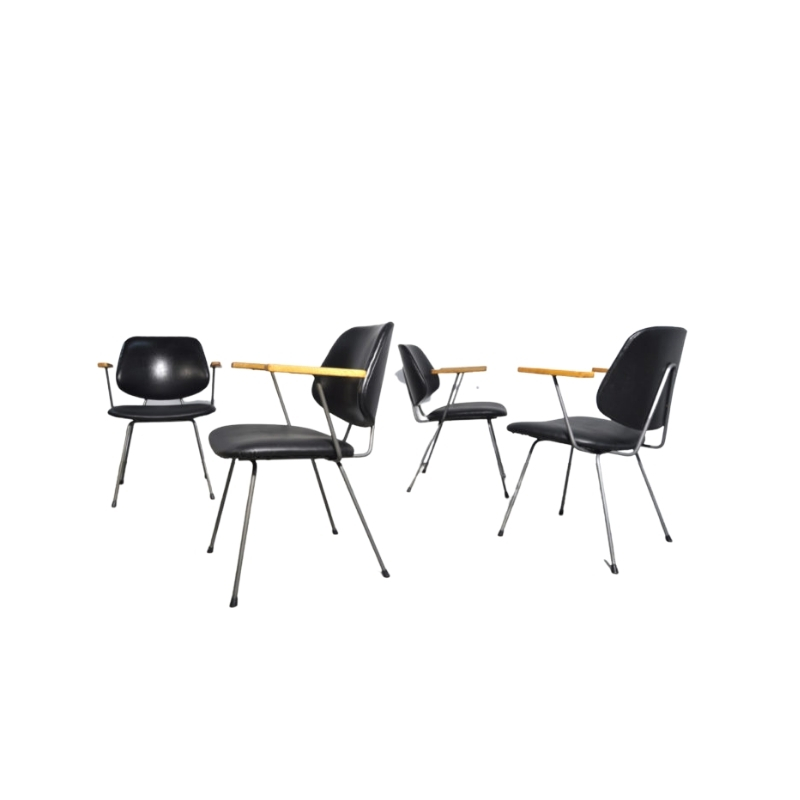Well, that's always the problem, who can be believed and who cannot. As we know, catalogs should always be treated with caution, they should never be regarded as the ultimate source, catalogs are made by people, and if those people don't work in a responsable way, then ...
And the DFI ... for me the DFI is not a convincing authority, it is too often faulty and it has most probably not been maintained for a long time.
It's just to us and other MCM enthusiasts to clear up the MCM design history as well as possible, to discuss and to learn always more about it.
Edit: Yes, phantom is better!
Not the Buck vs Buch name thing again. Buch is the danish spelling and Buck is the English spelling. The man used both. Both are correct in their own way. Earlier on we tend to see Buck probably to make English speakers comfortable with the name. Later on we see Buch, probably to associate himself with the Good name of Danish furniture. Malleability of spelling is a feature of Danish. The Pedersen family behind Getama started out as Petersen. English has such archaic spellings we have to adhere to an idea of ‘correctness’ to justify any spelling. That is not a universal phenomenon.
Willy Beck, Cabinetmaker, also used dowels. There is really nothing wrong with dowels as a construction method. Mortise and tenon is somewhat better but the difference is entirely eroded by using the right diameter, length and spacing for your dowels.
Willy Beck, Cabinetmaker, also used dowels. There is really nothing wrong with dowels as a construction method. Mortise and tenon is somewhat better but the difference is entirely eroded by using the right diameter, length and spacing for your dowels.
Sorry Zephyr, but this is nonsense and shows that you have no clue about carpentry work, you probably read this somewhere. You can of course use dowels for wood joints that are not subject to great forces, tables and chests for example, but dowels are unsuitable for joints that are subjected to strong tractive forces, like a chair.
The best example is the Grete Jalk sofa 118 from France & Son, where the armrest constantly breaks at the point where it is connected to the backrest, with two ridiculous dowels, simply bad craftsmanship.
But this discussion is just as pointless as the Buck or Buch discussion. I've had to listen to it too often.
Both Niels Vodder and Willy Beck used dowels for chairs and quite successfully. Niels Møller used dowels combined with mortise and tenon. Carl Hansen used mortise and tenon. Of these probably Møller joints we’re probably the weakest because of the size of the dowels, number and placement. All are perfectly satisfactory for chairs that have lasted 60 years. Fundamentally the difference between cabinetmakers and factories was about economics not construction or means of construction.
@mvc are you a woodworker / carpenter / cabinetmaker?
Not to butt in, but ...I'm pretty sure the right angle wood joinery strength question has been answered by more than a few reasonably well designed and conducted tests and, as I recall, dowels consistently rated among the least resistant to failure.
I read it somewhere, I'm certain of that. Carry on.
@mvc are you a woodworker / carpenter / cabinetmaker?
No, I am not a carpenter. I'm at home in arts, educated as sculptor, wood, stone, steel, but stopped after 20 unsuccessful years and switched to graphic design so that I finally had a full fridge again and could pay the rent. Together with my boyfriend we were busy in restoring Art Nouveau and Art Deco furniture, in Brussels during the 90s, and also made own furniture designs. Then to Hamburg and here since 20 years in the MCM business, means mainly my boyfriend is busy with it, I still have my small advertising agency in Brussels.
You see, I know a little bit about furniture, just a little little bit.
I am cabinetmaker.
tktoo and mvc are right. A craftsman who is using dowels and screws on seating furniture is a bad craftsman.
You don't have to discuss it.
With a lot of Scandinavian furniture of the modern age you can see that it was manufactured quickly and inexpensively, due to facilitated export, among other things. The quality of craftsmanship was subordinated to the design.
@thomaslitt It is entirely possible to make good joinery using dowels. You might find it interesting to study the work of a good cabinetmaker who did use dowels. They require an understanding as to the correct length, diameter, number, placement, to meet the needs of a specific joint. A bad cabinetmaker will get all of that wrong statistically speaking because there are many more bad choices than good. Unfortunately for the reputation of dowel the vast majority of ‘modern furniture’ is poorly made and they have been used poorly in a lot of it.
@tktoo2 here is an article about such a test that actually does a good job illustrating the complexities of science and testing and the vast potential that exists to manipulate such tests for marketing. https://woodgears.ca/joint_strength/dowel.html It is wonderful actually that people do science writing these things down.
The article is a joke, this good guy is just a hobbyist. It's ridiculous to give any scientific importance to his do-it-yourself test.
In a training as carpenter on subject of wood connections a dowel is not mentioned at all, for good reason.
And to be honest - if you will pardon my saying so - I don't feel like discussing with laypeople who think they know better, I gave up on that for a long time.
I just stopped by and had read this nonsense, but I already regret interfering.
So as tktoo said: carry on!
That's not true, @ThomasLitt , when I was young I once worked as an intern in a carpenter's workshop for a few months, and once the master said to me: if you want to use a dowel, my dear, do it at home.
So he did mention the word dowel after all. 😎
Yes, that's what he called me, but not just me, at that time he addressed every young woman like that, he was still old school. It was long ago.
@mvc @thomaslitt What you fail to understand in this conversation is that you are applying your own preconceived ideas to the question of this chair. That does not help you to understand the object. In the context of danish cabinetmaker work in say 1955, this is a low volume, expensive production. The word ‘knockoff’ is not fit to describe it as that word describes production which copies the look of a design to sell for less and the economics of such demand cheapened production.
And furthermore in the context of danish cabinetmakers in 1955, dowels were used by some of them, and very cleverly such that they made strong joints, strong enough that a chair is still standing 65 years later. In the cabinetmaker world there were other cabinetmakers who were very resistant to change from the techniques, tools, and materials they have learned some 40-50 years earlier. Jacob Kjær would be an example. He died in 1957. His widow kept the shop going for maybe 5 years. Then it closed and I believe it became the showroom for the cabinetmakers who boycotted Den Permanente for raising commissions to a more sustainable level and allowing in the ‘factories’ who were now doing equal quality work. Incidentally Willy Beck, user of dowel joints, was amongst the boycotters. This failed quickly. And many of the cabinetmakers were out of business within a few years, regardless of whether they cleverly used dowels or mortise and tenon joinery. The quality factories were out of business too.
It's extremely interesting that Jacob Kjær's widow continued to run the shop for 5 years, that sheds a completely new light on the history of design. I just hope Kjær didn't die as a result of not using dowels.
Shakespeare once - it was during a horrible writer's block - built a fantastic chair and gave it to the Danish king as present, but after 5 weeks the chair collapsed and the king sent Shakespeare a short-message saying: You idiot should have used dowels!
Then Shakespeare sent Claudius out, and we know the result.
So, I sent an email to Erikbuch.com earlier this week with no response. It did make me wonder, since their website loudly proclaims their products are "made under original license" in Denmark , who owns the license to Buch's designs? I checked the Danish Trademark and Patent Office and EU Intellectual Property Office websites, but nothing comes up when searching his name (Buch or Buck) . How would one go about finding the owner of a design license in Denmark or other EU country?
Oh, and just because we all enjoyed the woodworking discussion so much, I couldn't help but pass along their quality assurance:
"All pieces are made by hand in our factory using craftsman and traditional woodworking techniques. No screws, only doweled joints and hand finishing."
If you need any help, please contact us at – info@designaddict.com



